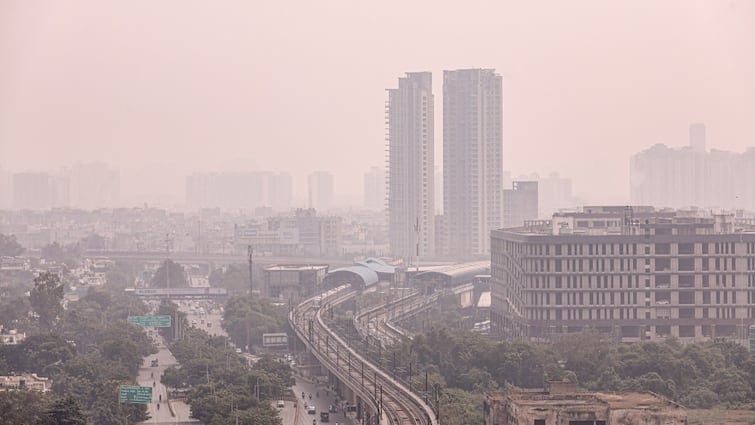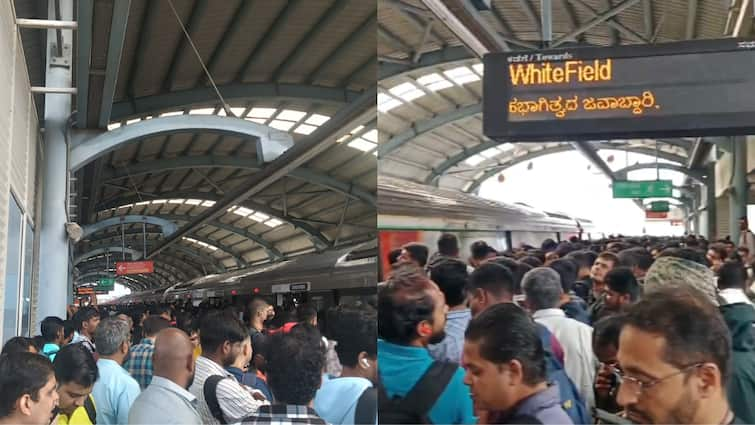After three consecutive days of “very poor” air, Noida’s air quality showed slight improvement on Wednesday, shifting to the “poor” category with an AQI of 290, down from 327 a day earlier. Ghaziabad also saw better air at 238 (Monday: 286), while Greater Noida registered a marginal decline, with the AQI rising from 284 to 296. In Noida, Sector 116 recorded the city’s most polluted air at an AQI of 334, followed by Sector 125 (319) and Sector 1 (308), all in the “very poor” category. Only Sector 62, with an AQI of 212, managed to stay in the “poor” range. In Greater Noida, Knowledge Park 3 logged “very poor” air quality at 311, while Knowledge Park V remained slightly better at 280 (“poor”).
Meanwhile, Ghaziabad’s Vasundhara topped the list with 285, followed by Loni (265), Sanjay Nagar (208), and Indirapuram (203), all classified as “poor. ” Delhi’s Air Quality Delhi’s overall AQI also improved marginally, settling at 294 on Tuesday compared to 301 a day earlier, though the city continued to witness a hazy skyline. Wind conditions remained calm at 0 kmph, a sharp drop from 10 kmph on Monday, according to the India Meteorological Department (IMD). The maximum temperature stood at 26. 4°C, five degrees below normal, while the minimum was 20°C.
Data from the Indian Institute of Tropical Meteorology (IITM) indicated that Noida experienced southeasterly winds up to 10 kmph in the afternoon, slowing to 5 kmph by evening. On Wednesday, winds are expected to shift from the northeast, increasing to 5 kmph in the morning and reaching around 10 kmph from the east by afternoon before easing again in the evening. The air quality is forecast to remain “poor” for the next four days, IITM noted. Swagata Dey, policy specialist at the Noida-based think tank Centre for Study of Science, Technology and Policy (CSTEP), told TOI that falling temperatures and possible rainfall could offer some respite. “However, without sustained showers, any improvement in will likely be temporary,” she said.
“Since Noida and Ghaziabad are part of the wider Delhi-NCR airshed, their pollution levels are largely influenced by regional weather patterns. ” Dey added that both individual efforts and collective action are key to managing winter air pollution. “People can help by opting for public transport, avoiding garbage burning, and ensuring security staff have heaters so they don’t resort to burning scrap for warmth,” she said.








